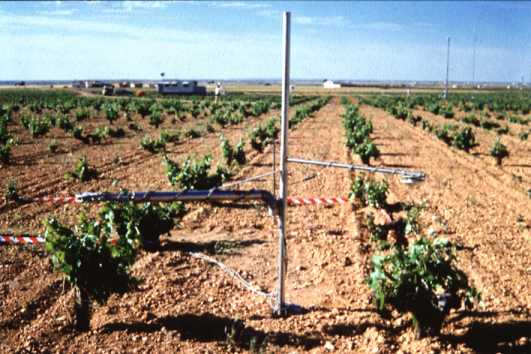Unsaturated-Zone Modeling:
Progress, Challenges and Applications
|

|
9 July 2005
Published by: Springer Science+Business Media (former Kluwer Academic Publishers)
Editors:
R.A. Feddes; G.H. de Rooij and J.C. van Dam
Wageningen University, Department of Environmental Sciences, Sub-Department of Water Resources,
Soil Physics, Ecohydrology and Groundwater Management Group, Wageningen, The Netherlands
Series editor:
R.J. Bogers
Frontis – Wageningen International Nucleus for Strategic Expertise
Wageningen University and Research Centre, Wageningen, The Netherlands
|
This book is based upon the Farewell symposium
in honour of Prof.Dr. Reinder A. Feddes on 'Unsaturated-Zone Modeling-, Wageningen, October 2004', orginised by Frontis. It consits of several papers.Click here to go to the Table of Contents and download the papers.
Abstract
Mankind has manipulated the quantity and quality of soil water for millennia. Food production was
massively increased through fertilization, irrigation and drainage. But malpractice also caused degradation of immense areas of once fertile land, rendering it totally unproductive for many generations. In populated areas, the pollutant load ever more often exceeds the soil’s capacity for buffering and retention, and large volumes of potable groundwater have been polluted or are threatened to be polluted in the foreseeable future. In the past decades, the role of soil water in climate patterns has been recognized but not yet fully understood.
The soil-science community responded to this diversity of issues by developing numerical models to
simulate the behavior of water and solutes in soils. These models helped improve our understanding of unsaturated-zone processes and develop sustainable land-management practices.
Aimed at professional soil scientists, soil-water modelers, irrigation engineers etc., this book
discusses our progress in soil-water modeling. Top scientists present case studies, overviews and analyses of strengths, weaknesses, opportunities and threats related to soil-water modeling. The contributions cover a wide range of spatial scales, and discuss fundamental aspects of unsaturated-zone modeling as well as issues related to the application of models to real-world problems.
 |
 |
